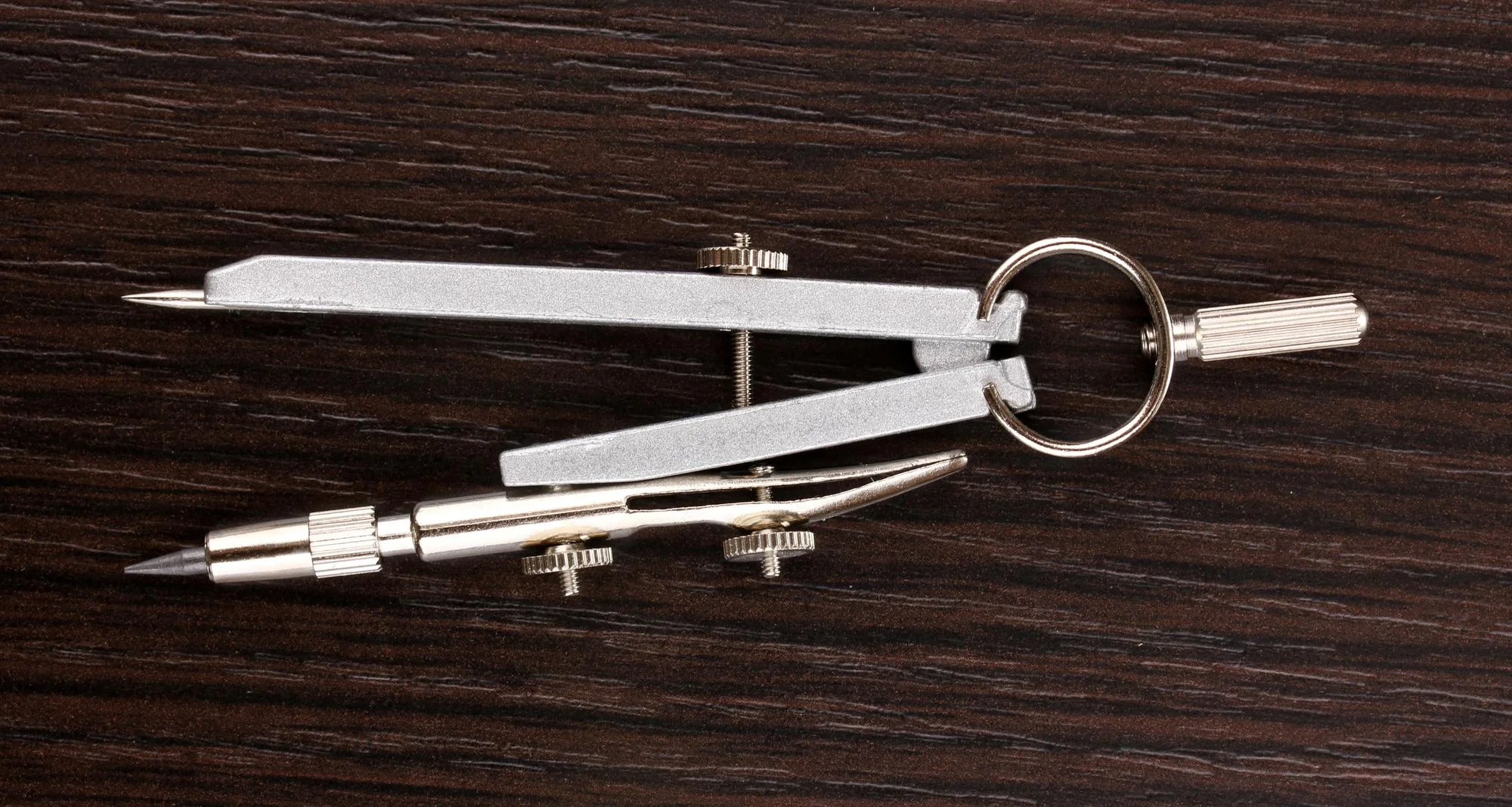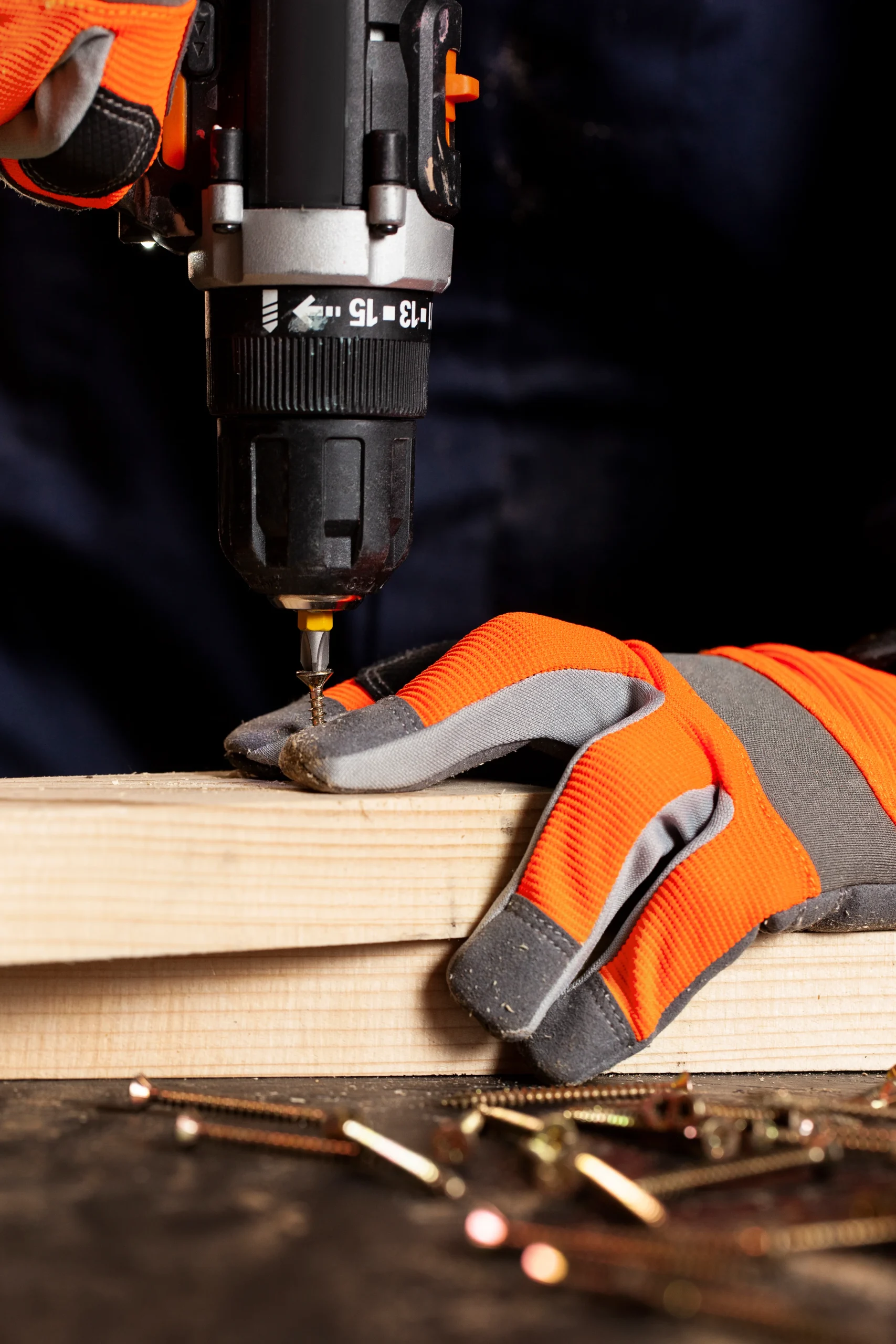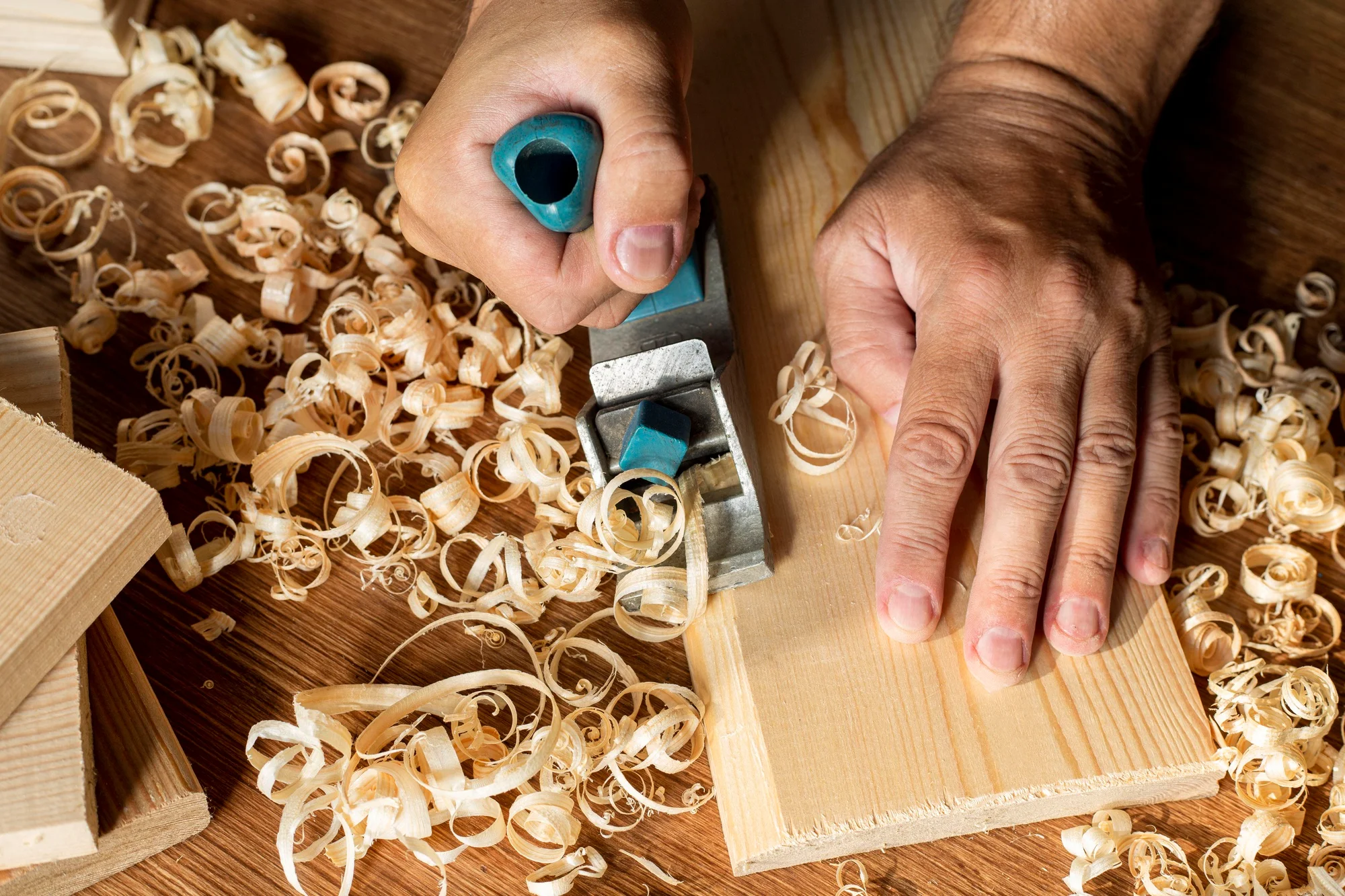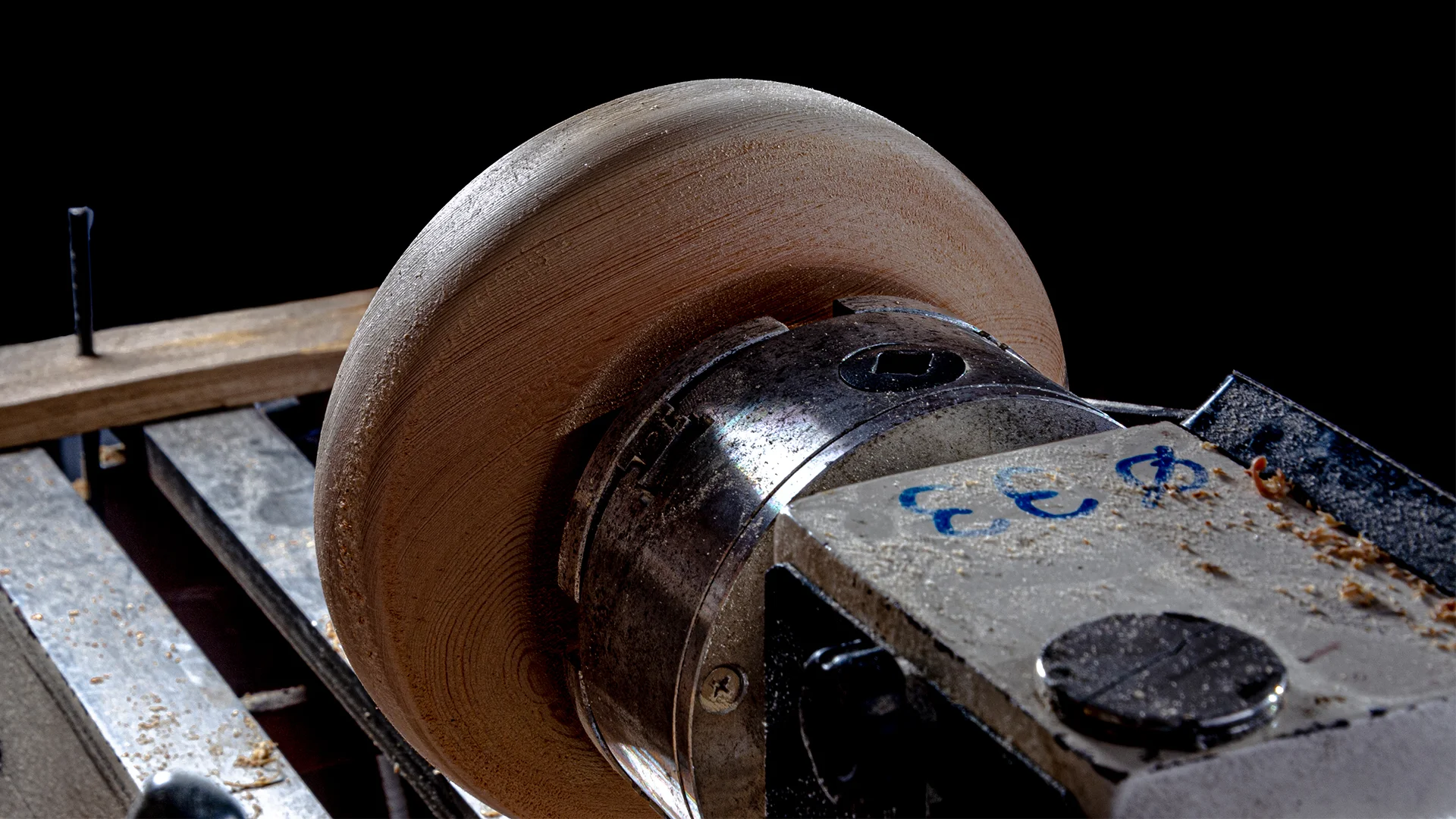
Our Blog

How to Balance Quality and Efficiency in Woodworking Projects
Ever dreamt of crafting beautiful, heirloom-quality furniture without spending months in the workshop? The struggle is real, fellow woodworkers! We all want to achieve stunning results, but time constraints can feel like a constant battle. Fear not, because there’s a way to find that sweet spot where balancing quality and efficiency in woodworking projects becomes a reality.
The key lies in strategic planning and smart work. Let’s dive into actionable tips to help you build strong, beautiful projects without sacrificing precious time.
The Importance of Preparation
Planning and Design
Before the sawdust flies, take some time to plan your project meticulously. Detailed drawings and cut lists are your blueprints for success. This minimizes mistakes and wasted materials, saving you time and frustration down the line. Looking for inspiration? Depending on your project, AWI chapters (The Architectural Woodwork Institute) might offer valuable resources and plans.
Sharp Tools
Sharp tools are another non-negotiable. Think of them as an extension of your skills. Sharp chisels, plane blades, and saw blades create clean cuts, requiring minimal rework and sanding for a flawless finish. Regularly sharpening your tools keeps your projects on track and frustration at bay.
Proper Material Selection
Finally, don’t underestimate the power of high-quality, dry wood. Using the right material from the start reduces the risk of warping, cracking, and ensures strong joints. This translates to less time spent fixing problems and more time spent creating!
Optimize Your Workshop for Efficiency
Your workshop is your command center for woodworking creativity. Optimizing its layout and equipping it strategically can significantly boost your efficiency and enjoyment. Here’s how to transform your space into a haven of productivity:
Organization is King
- Designated Storage
Imagine reaching for a tool and having it exactly where you expect it. Designated storage, like cabinets, shelves, and pegboards, keeps everything within arm’s reach. Label shelves and drawers clearly to avoid wasted time searching. Consider using shadow boards with tool outlines for a visual reminder of where each item belongs. - Utilize Vertical Space
Walls are prime real estate in a workshop. Install sturdy shelves and cabinets to maximize storage capacity. Utilize wall-mounted tool racks to hang frequently used items like hammers, saws, and chisels. This frees up valuable floor space and keeps tools readily accessible. - Mobile Workstations
Not everything needs a permanent home. Mobile tool carts or workstations allow you to bring the tools directly to the project. This is particularly helpful for larger workpieces or tasks requiring multiple tools spread across the shop. - Embrace Customization
Every woodworker has their own workflow. Don’t be afraid to customize your shop layout to fit your specific needs. Perhaps you need a dedicated assembly area or a separate space for finishing projects. Tailor your space to maximize your efficiency and comfort.
Essential Workshop Lighting
- Ample Overall Lighting
Good general lighting is essential for seeing your work clearly from any angle. Opt for bright overhead lights that evenly distribute light throughout the shop. Consider using LED lights for their energy efficiency and long lifespan. - Task Lighting
General lighting provides a good foundation, but specific tasks often require additional focused light. Install adjustable task lights over your workbench, table saw, or any area where detailed work is done. This allows you to precisely illuminate the area you’re working on, reducing eye strain and improving accuracy. - Natural Light
When possible, take advantage of natural light by positioning your workbench near windows or installing skylights. Natural light provides a more pleasant work environment and reduces reliance on artificial lighting during the day.
The Right Tool for the Right Job
Having the right tool for the job isn’t just about efficiency; it’s about achieving the best results. Here’s a smarter approach to tooling:
- Quality Over Quantity
Resist the urge to amass a collection of every tool ever invented. Focus on investing in high-quality tools you’ll use frequently. Well-made tools are more durable, perform better, and ultimately save you money in the long run compared to constantly replacing cheap tools. - Versatility is Key
Look for tools that offer multiple functionalities. For example, a multi-function power tool can replace several single-use tools, saving space and reducing overall tool investment. - Rent When Needed
For specialized tasks you only encounter occasionally, consider renting the necessary tool. This is a cost-effective way to access specific equipment without the burden of storage and maintenance.
By implementing these optimization strategies, you’ll transform your workshop from a cluttered space into a well-oiled machine that fuels your woodworking passion and efficiency.
Work Smarter, Not Harder
The workshop isn’t just about brute force; it’s about working strategically. Here are some ways to make every minute count:
Measure Twice, Cut Once
This timeless advice is the cornerstone of efficient woodworking. A hasty cut can ruin a perfectly good piece of lumber. Take your time, double-check your measurements, and use clamps to secure your workpiece before cutting. Invest in a good quality tape measure and learn to read it accurately.
Batch Similar Tasks
Multitasking might seem efficient, but in woodworking, it can lead to mistakes. Instead, group similar tasks together. For example, dedicate a specific time to sharpening all your chisels, plane blades, and saw blades. This keeps your tools honed and ensures clean cuts throughout your project. The same goes for sanding. Sand multiple pieces with the same grit at once to streamline the process.
Master Efficient Joinery Methods
Traditional joinery techniques like mortise and tenon create incredibly strong connections, but they can be time-consuming. Explore modern joinery methods specifically designed for efficiency. Dowels, biscuits, and pocket holes offer strong, reliable connections while significantly reducing assembly time. There are many resources available to help you learn these techniques. Online tutorials, woodworking magazines, and even your local library can be treasure troves of information. Consider enrolling in a workshop or class to gain hands-on experience with these methods.
Pre-Drill for Screws
Pilot holes prevent wood from splitting when driving screws. While it might seem like an extra step, pre-drilling actually saves time in the long run. It eliminates the frustration of stripped screw holes and prevents damage to your workpiece.
Clean Up as You Go
A cluttered workspace is an inefficient workspace. Taking a few minutes to clean up scraps, sawdust, and tools after each step keeps your work area organized and helps you avoid wasting time searching for things later. Designate a specific area for storing tools and materials you’re not currently using.
By incorporating these tips into your woodworking routine, you’ll be amazed at how much more you can accomplish in less time. Remember, efficiency is a skill that develops with practice. The more you refine your techniques and workflow, the smoother and more efficient your woodworking experience will become.
Experience is Your Guide
This blog post equips you with valuable tools and strategies to streamline your woodworking process. But remember, experience is the ultimate guide. As you practice and refine your skills, a natural rhythm will emerge. You’ll instinctively know when to prioritize meticulous handwork and when to leverage power tools for efficiency. You’ll develop a keen eye for detail and a confidence in your craft that elevates your projects to new heights.
Consider becoming a member of the Architectural Woodwork Institute (AWI). An AWI membership goes beyond project plans. It offers a wealth of industry resources, networking opportunities, and access to industry knowledge that can propel your woodworking career forward. By embracing continuous learning, experimentation, and the wisdom gained through experience, you’ll transform from a woodworker into a woodworking master, crafting exceptional pieces with both efficiency and artistry.
Recent Post

How to Choose the Best Woodworking Compass: Expert Tips and Tricks

Screw Gun vs Drill: What Every Woodworker Needs to Know

Woodworking PPE Checklist: Are You Fully Protected?

Green Woodworking 101: A Beginner’s Guide to Crafting with Unseasoned Wood



